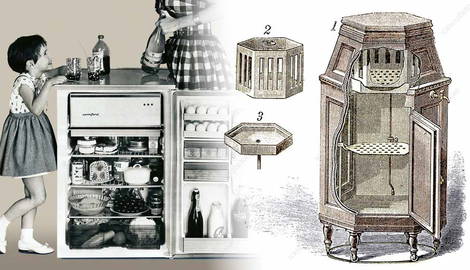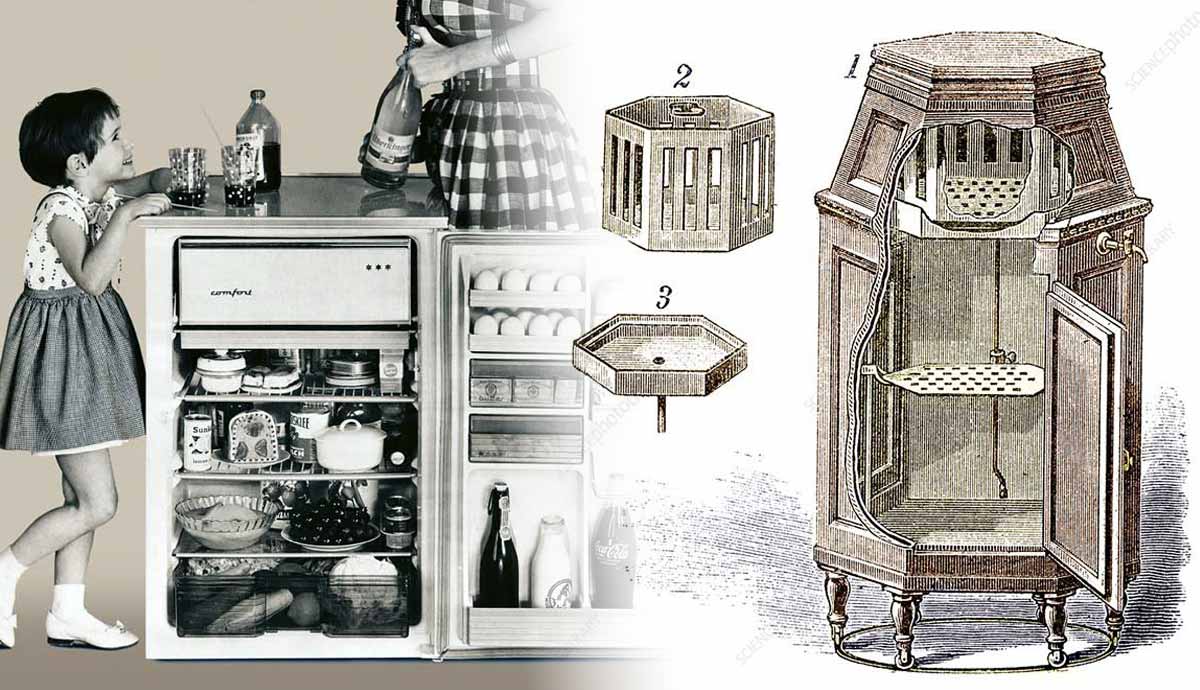
Fridges have become an almost indispensable necessity in many households in the modern world. This is because they keep food fresh by maintaining a cool environment. The cool temperatures in fridges help to prevent the growth of microorganisms that cause food decay. That said, technology has come a long way and it continues to evolve as needs change.
How Early Civilizations Preserved Their Food
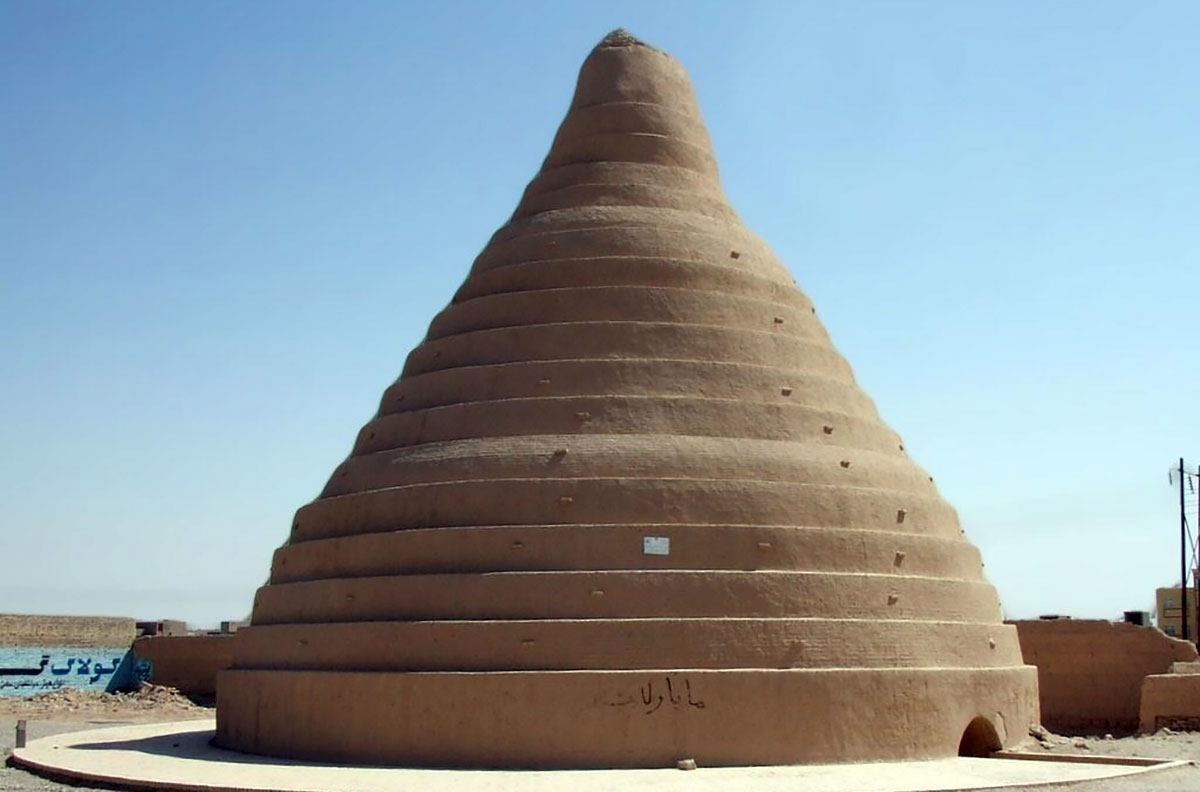
Before the advent of fridges, early civilizations used a wide range of techniques to preserve perishable foods. In ancient Persia, for example (around 400 BCE), food was stored in structures called Yakhchal. The structures were dome-shaped buildings made with clay bricks to preserve ice during the warmest parts of the summer months. The ice was gathered during the cold months from nearby hills in large quantities and then kept there for months.
The structure featured a large clay brick dome that stood above ground, often as high as 60 feet. It was built using thick clay and brick walls that were up to two meters thick at the base. The walls were made of a unique combination of sand, ash, soil, and other materials to provide effective insulation. The dense insulation kept the ice stored there frozen despite the sweltering heat of the summer seasons.
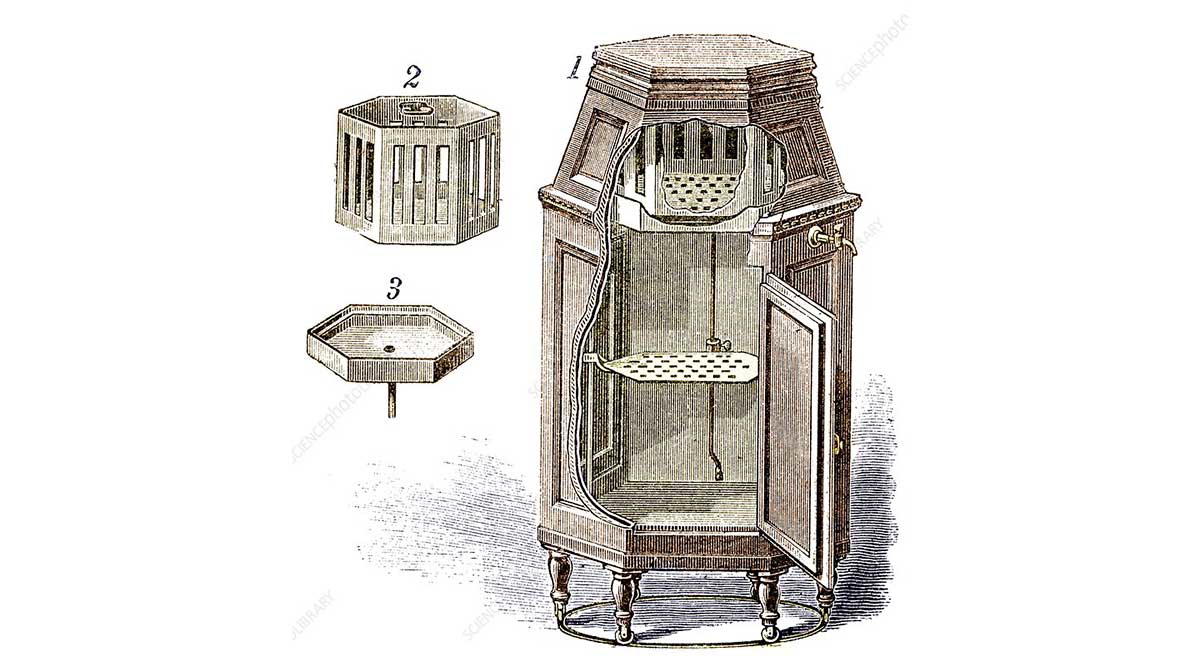
Later, almost similar methods were used in the Western world. Foods would be stored in cool places such as basements and pits to enable people to preserve food for tough seasons when there was not much food or rain. The ice pits were built using a similar concept as the Yakhchal and had a base filled with ice. A larger structure above ground covered the space. Ice pits were common during the 19th century.
How Civilizations in Warm Regions Preserved Their Food
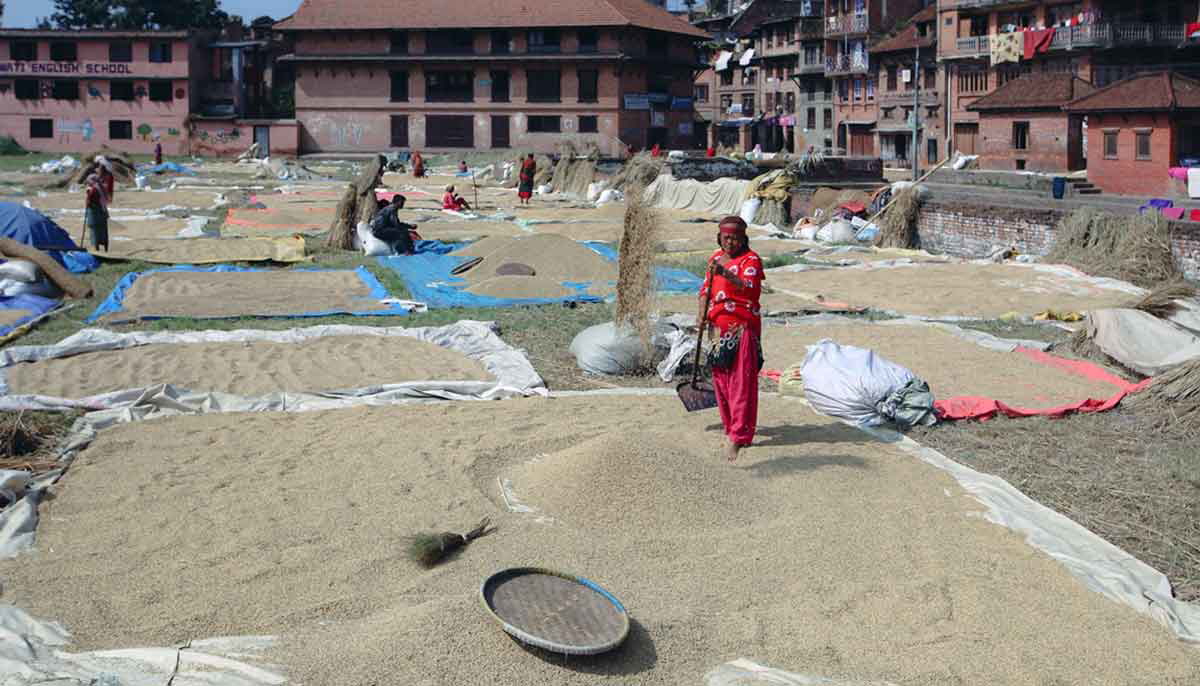
In warmer regions, the inhabitants kept foods such as meat fresh using a variety of methods that included salting and smoking. They would also dry some foods such as grains. Vegetables were often treated using salt or soaked in liquid to preserve them. Some fruits were also dried or turned into jams. The drying process helped to prevent decay as many putrefying microorganisms require water to survive. Many ancient communities also used smoke from burning wood to dry the meat more quickly. The process helped to kill harmful germs.
Fermentation was another innovative method used to keep food from decomposing. Like many other useful discoveries, the discovery is thought to have been made by accident and later used to create unique fermented foods and drinks such as wine made from fermented grapes. The process worked by allowing fermentation microorganisms to act on the sugar in the grapes, eventually turning it into wine.
Food Preservation Developments Before the Invention of the Modern Fridge
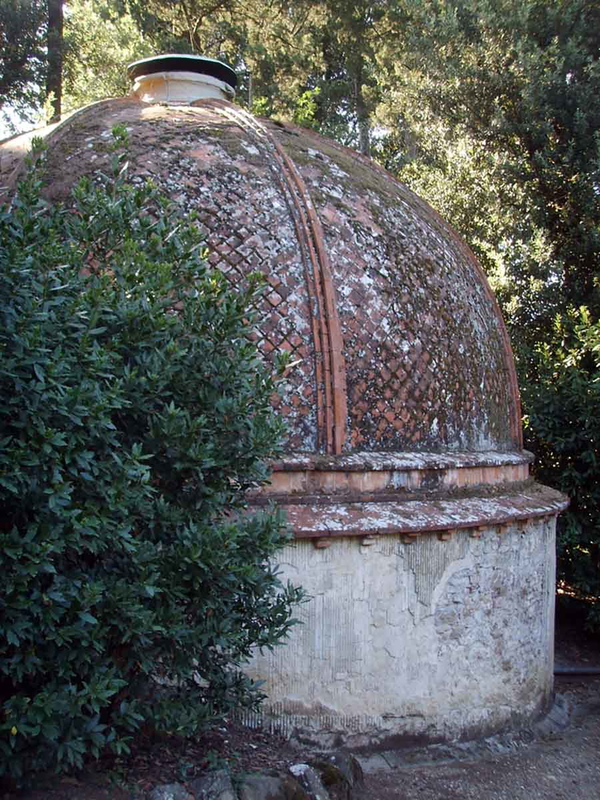
Just before the development of modern refrigeration technology, people in cold places kept food in ice and snow. For example, wealthy families in America built large ice pits in the ground with thick walls. They filled the pits with ice during winter to keep it from melting during summer. Maintaining an ice house was no easy task and required workers. As such, many working class families lacked the luxury.
In other places, people used wooden ice boxes to keep their food from spoiling. The boxes were used to store huge blocks of ice to keep the food cold. The inside was covered with tin and other metals to help keep the temperatures consistent. The advancement resulted in people in towns and cities getting used to using ice everyday as the trend caught on. Later, the ice that was collected outside was replaced by ice made in factories. Ice men in urban areas brought ice to meat sellers and homes where families used it in their iceboxes.
Selling Ice to Preserve Food
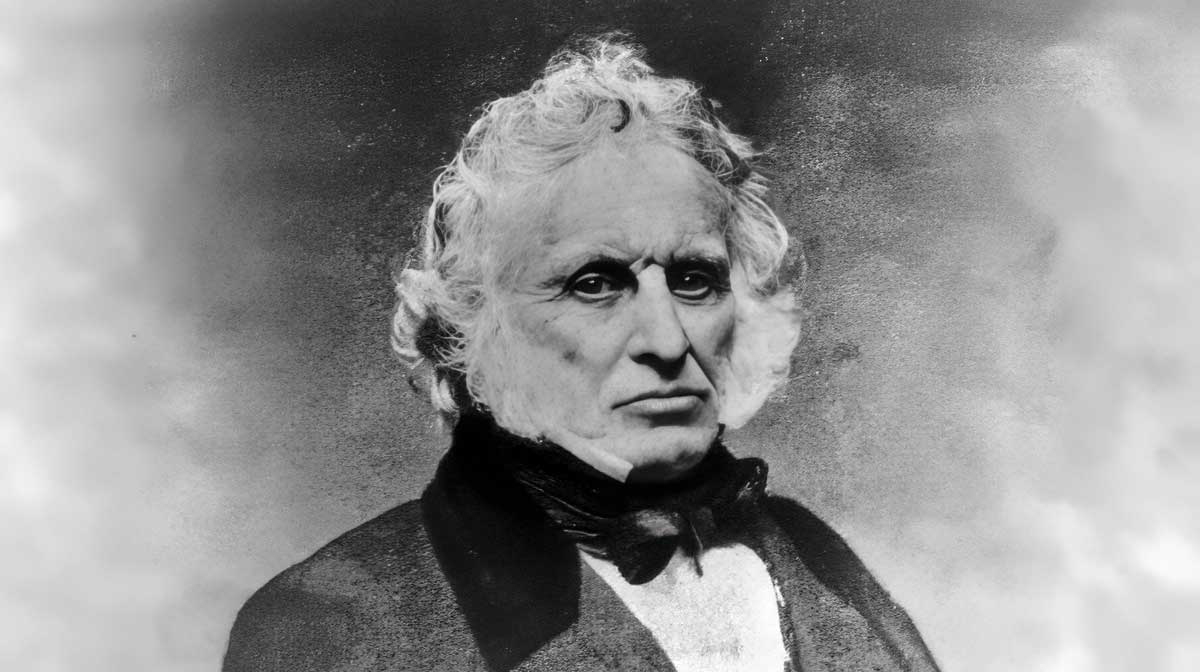
Frederic Tudor, a businessman from Massachusetts, is credited with coming up with the idea of selling ice. He had the idea to sell ice in the early 1800s and thought he would earn money by sending ice to hot places.
He failed many times but was finally able to ship ice to many parts of the world. He used sawdust and straw to keep the ice cold while in transit. The method also allowed him to store the ice until it was needed. As technology improved, the first electric fridge was built in 1913 by Fred W. Wolf, an American. About a decade later, in 1923, Frigidaire, an American company, made the first fridge for home use.
The model called Freon made fridges more affordable. Today, there are many fridge manufacturing companies that make products designed to meet varied needs. Currently, many fridge-manufacturing companies are working towards making greener and more feature-rich offerings.
